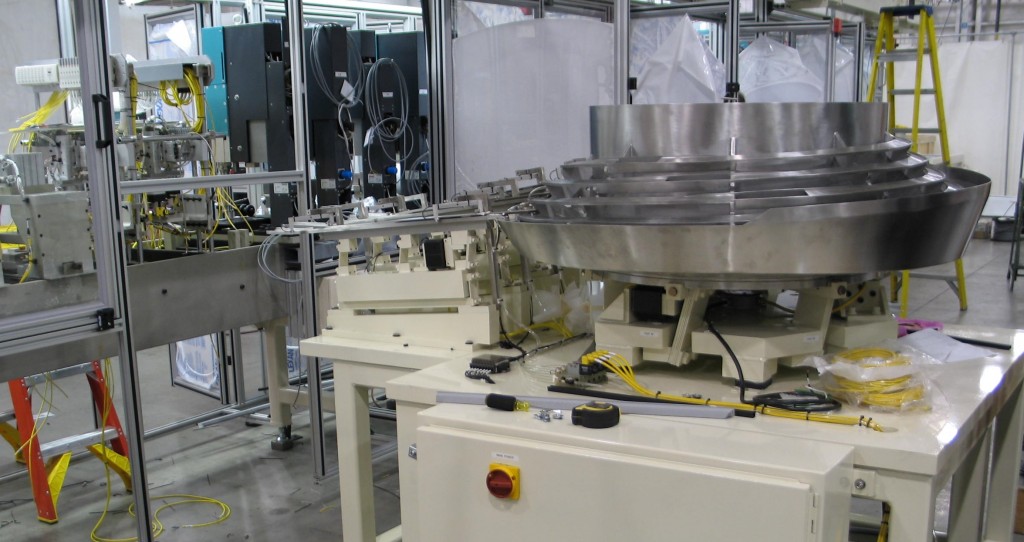Machine Start-Ups
As I prepare for a trip to Japan and China, I am reminded of the many machine start-ups I have participated in over the past twenty years or so. One of the things I used to enjoy about project work was that after spending months in design and programming, I would get to watch the machinery come to life and then be rewarded with a trip at the end of it all.
After the assembly guys finish getting a machine put together and wired, there is typically a safety meeting that is attended by everyone who will be around the machinery during the dangerous start-up and debug phase. During start-up guards are often bypassed, electrical enclosures are open and the programming has not been tested fully. Fortunately, people who work around machinery usually have a lot of experience and know how to avoid these hazards.
It is also common to leave Lexan guarding off until the last stages of start-up. This means that people can reach into the machine while it is operating and may get pinched or otherwise injured by moving parts. Flow controls have to be set, motor direction ensured and wiring verified; this often requires technicians to be inside the guarding.
After startup and debug the machinery usually undergoes stages of dry-cycling (continuous operation with no parts) and FAT (Factory Acceptance Testing). From a project engineering standpoint, this is not as enjoyable as the debug and startup phase. The customer is usually around and various tests have to be run; this can feel a little bit like babysitting the machine.
If machinery is well designed, the disassembly and shipping of the system should go smoothly. Components are labeled carefully and break points have been identified before placing the machine sections on wooden skids. For larger systems there are teams who are often contracted to built crating around the machine, especially when being shipped overseas.
When a system arrives at the customer facility they are usually responsible for getting the machinery into position before the machine builders arrive. An advance team is usually present to ensure that everything is uncrated smoothly. Machinery has to be leveled and aligned before reassembly.
Project engineers usually arrive onsite in time for power-up of the machinery. Since both money and time are of the essence, days are usually long and there is only one day off a week for sightseeing and fun. This is enough to recharge usually and I’ve been able to enjoy some cool places.
Depending on the system, there may be additional weeks of training for operators and maintenance. The Factory Acceptance Testing is usually duplicated at the customer location, this is known as SAT (Site Acceptance Testing). This can also be an additional opportunity for training.
This trip to Japan and China is just for fun. I am visiting my wife’s hometown near Tokyo, then off on my own through Osaka, Shanghai and Hong Kong. I will be gone for a couple of weeks but hope to share some pictures and stories on this site during my trip. See you soon!

